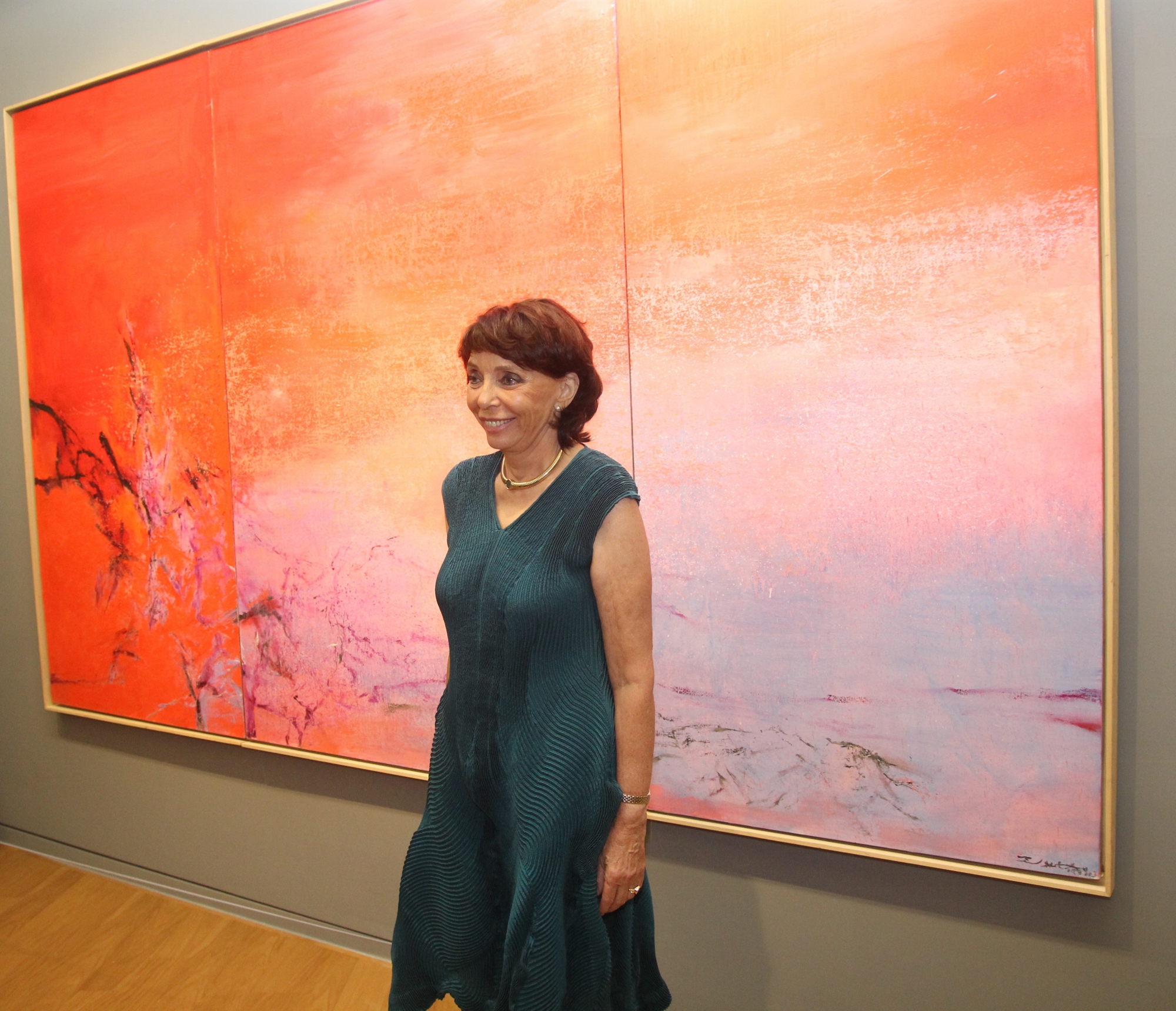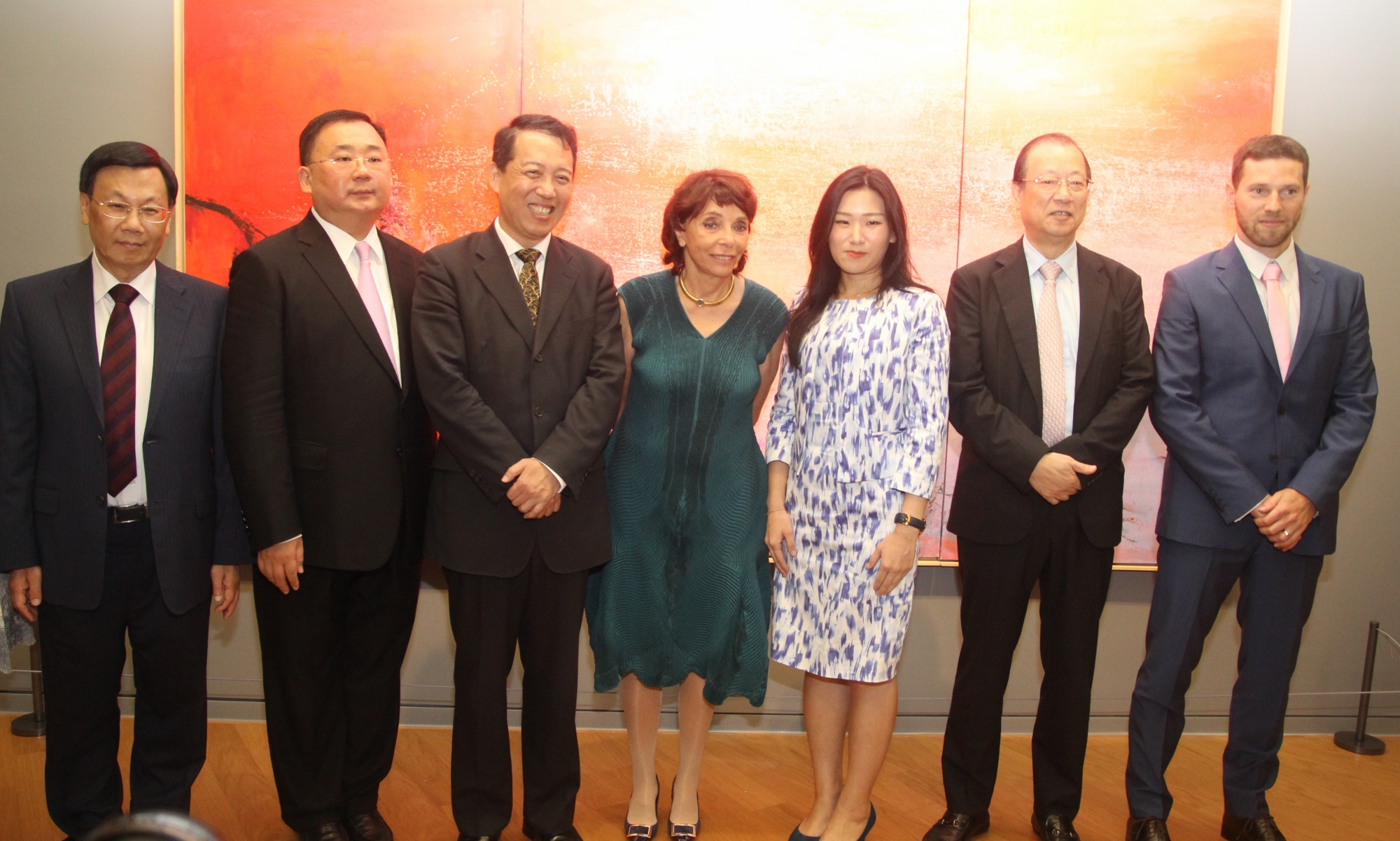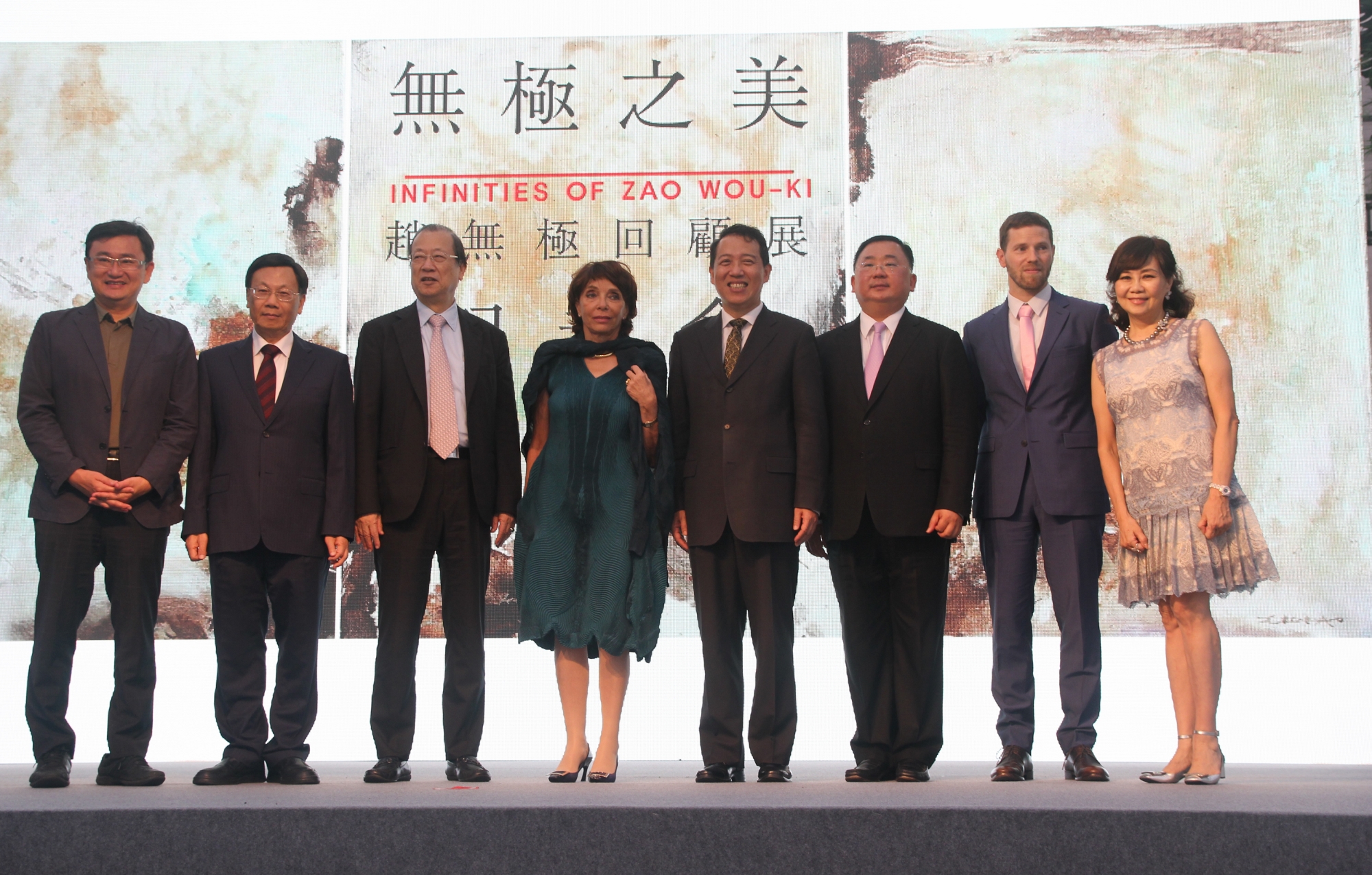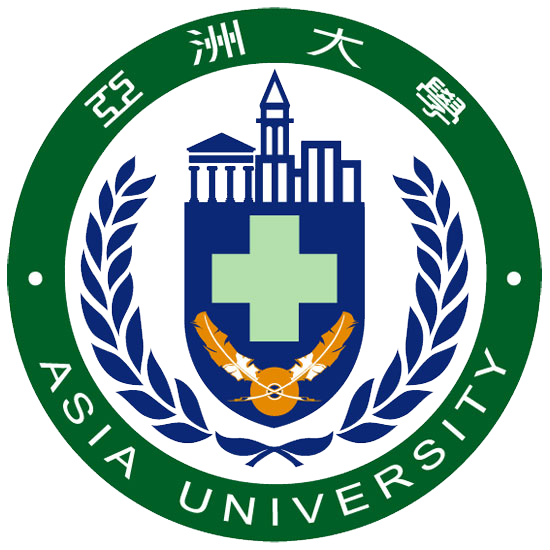Asia University holds an exhibition of the artworks of the internationally famous artist Zao Wou-Ki in the Asia Museum of Modern Art.
The Asia Museum of Modern Art at Asia University (AU) cooperates with the Zao Wou-Ki Foundation and Yuanta Foundation recently, and holds together an exhibition of Zao’s artworks, entitled “Infinities of Zao Wou-Ki,” which was opened on Sept. 18. This exhibition includes 67 works provided by Mrs. Zao who came to Taiwan from France for the opening celemony of the exhibition.
Zao was born in Beijing with his family roots in Dantu, Zhenjiang, Jiangsu Province. In his childhood he was brought back to his hometown Dantu where he studied calligraphy. From 1935 to 1941, he studied painting at the China Academy of Art in Hangzhou, Zhejiang province. In 1948, he went with his wife Lan-lan, a composer, to Paris to live on the block in Montparnasse where the classes of the Fauvist Émile Othon Friesz took place. His earliest exhibitions in France were met with praises from the world-renown artists Joan Miró and Picasso.

Mrs. Françoise Marquet-Zao in front of a Zao’s works.
Zao’s works, influenced by Paul Klee, are orientated to abstraction. He names them with the date in which he finishes them, and in them, masses of colours appear to materialise a creating world, like a big bang, where light structures the canvas. He worked formats in triptychs and diptychs. While his work was stylistically similar to the Abstract Expressionists whom he met while travelling in New York, he was influenced by Impressionism originally. Zao Wou-Ki stated that he had been influenced by the works of Matisse, Picasso and Cézanne.
His meetings with Henri Michaux pushed him to review his Indian ink techniques, always based in Chinese traditional drawings. Zao was a member of the Académie des Beaux-Arts, and was considered to have been one of the most successful Chinese painters during his lifetime.
By the end of his life Zao had stopped producing new paintings due to health problems. He died on 9 April 2013 at his home in Switzerland.
During his lifetime, Zao Wou-Ki has made a mark in the histories of art. The evolution of his painting came, as Zao has said, by stages. His commitments came from those he was inspired by. By visually experiencing the result of these influences, one can be taken on a journey through the fusion of histories in the West and the East. Furthermore, Zao was influenced by many artists through his time of teaching, which allowed him to explore the different possibilities of styles, where he did much research of various artists such as, Modgliani, Chagall and Matisse.

Mrs. Françoise Marquet-Zao(4th from right), AU Founder Chang-Hai Tsai (2nd from right) and AU President
Jing-Pha Tsai (leftmost), etc. in front of a Zao’s.
Zao Wou-Ki found himself submerged into the artistic platform in the epicenter of art, Paris. The refreshment of Paul Klee’s work is one that also inspired his transformation in his artworks. This period influenced him greatly as he tried to navigate his artistic style away from the confinement of traditional Chinese culture. By exploring the works of Zao Wou-Ki and understanding the artist, one is able to follow the artist as he filters and finds and incorporates the hidden gems of Western and Eastern art. Zao Wou-Ki is a Chinese painter whose artworks are held responsible for making the Western and Eastern visual styles meet each other. His aesthetics are best explained as a combination of the abstract method borrowed from the West and the Chinese concept of Tao, best explained as the meditative spirit characteristic to Eastern traditions. During his long career, Zao Wou-Ki became acrucial part of the global art scene and was also a member of the Academie des beaux-arts. This artist is often regarded as one of the mast successful Chinese painters of the 20th century.

Mrs. Françoise Marquet-Zao(4th from right), AU Founder Chang-Hai Tsai (3th from right) and AU
President Jing-Pha Tsai (4th from left), etc. in front of another Zao’s artwork.

 OFFICE OF ACADEMIC AFFAIRS-Student Internship and Learning Guidance Division
OFFICE OF ACADEMIC AFFAIRS-Student Internship and Learning Guidance Division
